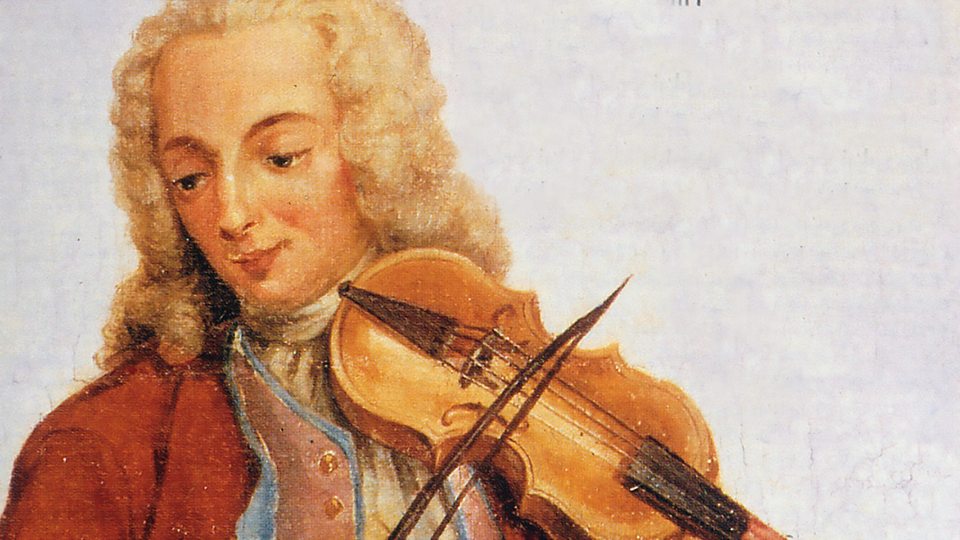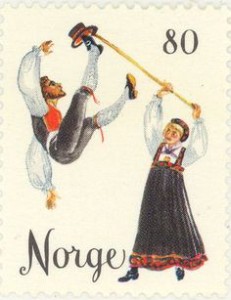I used to get Switzerland and Sweden mixed up. Perhaps because they both utilize Germanic languages. Perhaps because they both start with “Sw” and I just stopped listened after that. Perhaps because they both have mountains and are cold in the winter. Who knows? But now, I realize there are many things that the Swiss are especially known for, or at least have it in its name: Swiss army knives, Swiss cheese, Toblerone, chocolate, Swiss chard, fondue, watches, wine, and the Red Cross. But there is so much more to it than eating well and warding off people who want to steal your food.
Switzerland is a combination of Switzer (an old term for Swiss) plus land. The English borrowed from the French to come up with the word Swiss, and Switzer is derived from many similar Germanic words and origins. However, this area was once part of the Roman Empire, so it also became known by its Latin name Confoederatio Helvetica. And that’s why its Internet top-level domain extension is .ch and the Swiss franc abbreviation is CHF. It all makes so much sense now.
Switzerland is a landlocked country in central Europe. It’s bordered by Germany to the north, Liechtenstein and Austria to the east, Italy to the south, and France to the west. Topographically, the country is generally divided into three areas: the Swiss Alps in the south, the Jura Mountains in the west, and the Swiss Plateau in the central part of the country. Although the Matterhorn is probably the most famous peaks, Monte Rosa is taller. Several lakes and rivers are a source for freshwater in Switzerland, and there are also two exclaves found inside the borders: Campione d’Italia belongs to Italy and Büsingen belongs to Germany. Although Switzerland is not a large country, its climate can vary from north to south and can also vary in altitude. Its mountains also create delicate ecosystems in its valleys.
Farming settlements have been found in Switzerland dating back to around 5300 BC, but there may have been people roaming the area for the past 150,000 years. Several different tribes made their homes in this area, but probably the most important one was the Helvetii tribe. After being defeated by the Roman army, they were incorporated as part of the Roman Empire and given the name Confoederatio Helvetica (you know, where the font name came from. I’m not a fan of it myself, but it’s what many transit companies and businesses use for signage). Germanic tribes like the Alemanni were a constant threat, and they eventually aligned themselves with the Frankish Empire until they were brought back into the Holy Roman Empire. Just after the Middle Ages, several cities and rural communities got together to create the Old Swiss Confederacy. By the late 1700s, France had created itself a oppressive army led by Napoleon and aimed to fight all of its enemies -- and Switzerland was stuck in the middle of this, which it did not ask for, mind you. The Congress of Vienna granted Switzerland’s independence, and it maintained its neutrality. The mid-1800s was a period of uprisings across Europe, and Switzerland was no exception. It was also a time where quite a bit of change took place, from setting up the infrastructure of their government to establishing the Swiss franc as their currency. Switzerland became well known for maintaining its neutrality during WWI and WWII. Although the International Red Cross of born in Switzerland in 1863, they had an integral part during WWII. Surprisingly, they were the last country in Europe to grant women the right to vote (1959), and it was only in 2002 when they joined the United Nations as a full member.
Technically speaking, the city of Bern is only the de facto capital city, and the Swiss themselves refer to it as the “federal city.” Located in the western part of the interior of the country, Bern sits on the Swiss Plateau and about 12 miles north of the section of the Alps called the Bernese Alps. Bern is a world-class city, filled with top arts and culture acts, museums, shopping, fine dining, and sports. It’s also a hub for commerce, education, media, and the government.
Several years ago, Switzerland was ranked as the wealthiest countries in the world. They do enjoy a high-tech, prosperous economy. There are several multinational companies that have headquarters here like Nestlé, USB AG, Zurich Financial Services, Credit Suisse, and The Swatch Group (which owns several of the top luxury watch companies in the world). The unemployment is low, and it’s ranked high when it comes to the ease of doing business in the country. However, even though Switzerland is up there on its free trade policies, its agricultural protectionism has been a direct impact to the rise in food costs in the country. That being said, there is also a high regard for scientists in Switzerland, and they have had several Nobel Prize winners in multiple categories.
Although there is no established religion, Christianity tends to dominate with nearly 68% of the people following some denomination or another. And most of those are either Roman Catholic or Swiss Reformed along with a smattering of other Protestant versions. Of the non-Christian religions, Islam tops out with nearly 5.5%. However, nearly a quarter of Swiss people are either atheist, agnostic, or not affiliated with any particular religion.
For a country that’s not all that large, Switzerland has four official languages. The most widely spoken one is German, spoken by almost two-thirds of the country and especially in the central and northern parts of the country. French is spoken predominantly in the western regions while Italian is used in areas in the south. Another language spoken in areas toward the southeast part of the country is called Romansh (essentially, a descendent of Latin, but it has a ton of German and Italian loan words).
The company Nestlé is headquartered in the city of Vevey. And that happens to also be the name of a small town in southern Indiana, which ALSO happens to be county seat of Switzerland County. When the US was being formed, there were many Swiss immigrants who settled along the Ohio River in Ohio, Indiana, and Kentucky. I’ve been to Vevey, Indiana. It’s a lovely little town and famous for its Swiss Wine Festival in August (which I can’t believe I’ve never been to). It was founded by Swiss pioneers who named it after the city in Switzerland, and they soon set up the first successful commercial winery in the United States.
Up next: art and literature


























